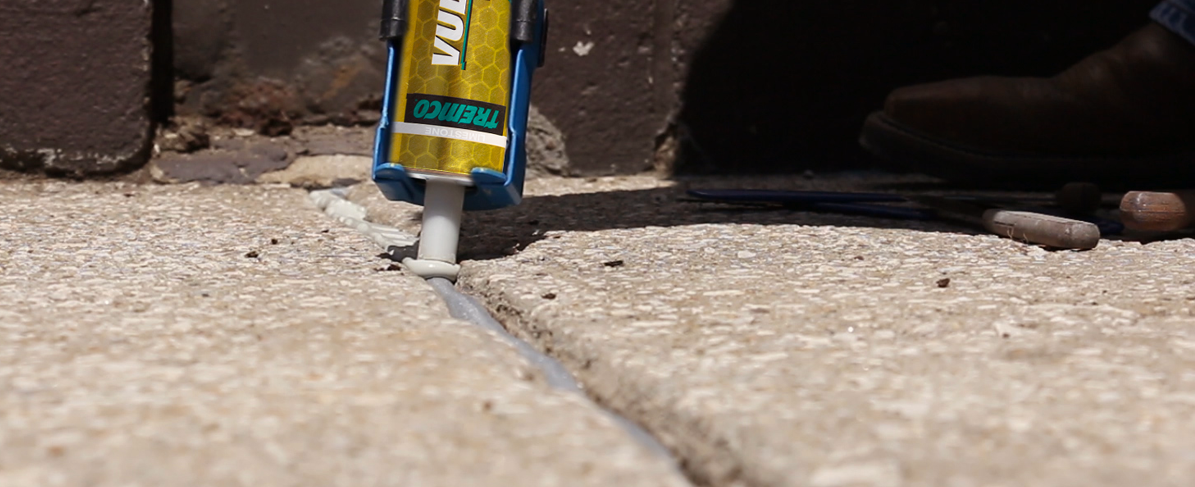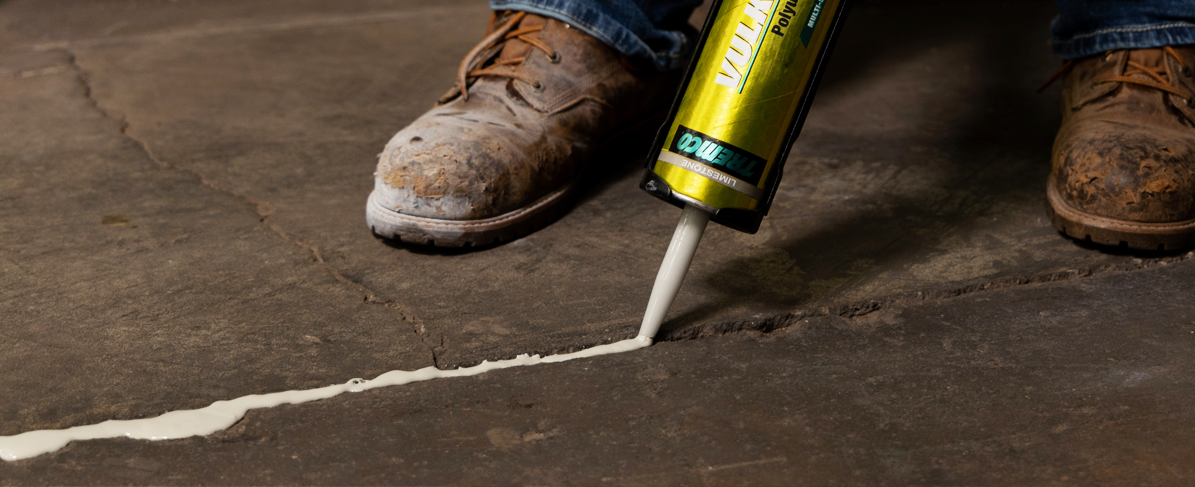All precured silicone sheets are not the same. Despite similar appearances and chemistries, there are considerable differences between technologies which can impact the long-term performance of this transition solution. Tear propagation is an important property which determines how a silicone sheet will respond to a hole or rip over time. This factor will ultimately dictate the success of a joint and provide more (or less) time to properly repair the damage and mitigate moisture infiltration.
Tear Propagation Results
Silicone sheets are often applied to new expansion or deflection joints as well as in the restoration of failed joints. Over time as the building undergoes maintenance, punctures or tears can occur in the membrane that can potentially cause a leak. Best-case scenario is that the puncture or cut remains the same size. However, if it does propagate, it is ideal that it propagates towards the sides, minimizing the risk of air and water infiltration. If the tear or puncture propagates downward, referred to as “zippering”, this can expose a wider area to air and moisture and increase damage.
Tear propagation is tested within ASTM C1523, Standard Test Method for Determining Modulus, Tear and Adhesion Properties of Precured Elastomeric Joint Sealants, with results found on product data sheets and rated in one of two ways: PT/Knotty or T-Tear. If a product is rated for ‘knotty tear’ or PT (partial tear), it means that a tear in the material will propagate perpendicular to the length of the joint or towards the wall at an angle. If it is classified as a ‘tear’, the material does not exhibit knotty tear properties, so the tear will propagate parallel to the length of the joint, greatly increasing the likelihood of water damage.
Repairing the Damage
During routine maintenance, accidents can occur causing the silicone sheet to be punctured from mechanical fasteners or other protrusions. The type of repair can differ based on the tear propagation properties of that material. Silicone sheeting that exhibits knotty tear can be repaired with a patch. A small piece of the same silicone sheet can be applied over the hole with compatible silicone sealant. With this repair in place, modified testing with an Instron demonstrated successful elongation far beyond typical building movement without tear propagation past the patch. Watch the video below to see this patch repair in action. Note that if the silicone sheet does not have knotty tear properties, the product may need to be completely removed and replaced to ensure a puncture does not propagate or zipper up the entire length of the material.
Minimizing Water Intrusion
Many different types of joints are found on the exterior of a building. Expansion joints, because of their intended purpose, are extremely susceptible to air and moisture intrusion due to the high movement experienced. Not every transition product can handle this daily cycle through extension and compression. Silicone sheets are becoming the recommended solution for this condition for both new and restorative construction. It is important to understand each manufacturer’s product and its tear propagation properties to determine which is best for the application. As with any product consideration, we recommend reviewing the product data sheets, test results and manufacturer’s application instructions to ensure proper product selection and installation for your specific project.
See how silicone sheets can be a faster alternative for restoration purposes over the traditional tear and re-caulk of a sealant joint:





